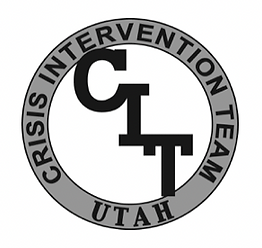Why are there different CIT programs statewide?
What are the advantages to CIT best practices being implemented statewide?
What are the barriers keeping CIT best practices from being implemented statewide?
What are three things the media should know about CIT best practices?
Shouldn’t law enforcement be first on scene for every kind of crisis?
How does CIT benefit communities?
What is the benefit of implementing the State-certified, best practice CIT model?
Should all officers be trained in CIT?
What type of officers should self select?
|

